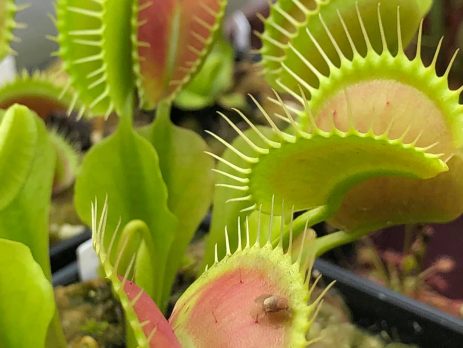Is the Venus Flytrap a famous plant in popular culture?
Yes, the Venus Flytrap (Dionaea muscipula) is a famous plant in popular culture. It is known for its unique ability to trap and digest insects, making it a fascinating and sometimes feared plant. The Venus Flytrap has appeared in many different forms of media, including movies, books, and television shows. For example, in the movie "Little Shop of Horrors," the plant is portrayed as a larger-than-life carnivorous plant that demands to be fed human blood. In addition, the Venus Flytrap is often...










